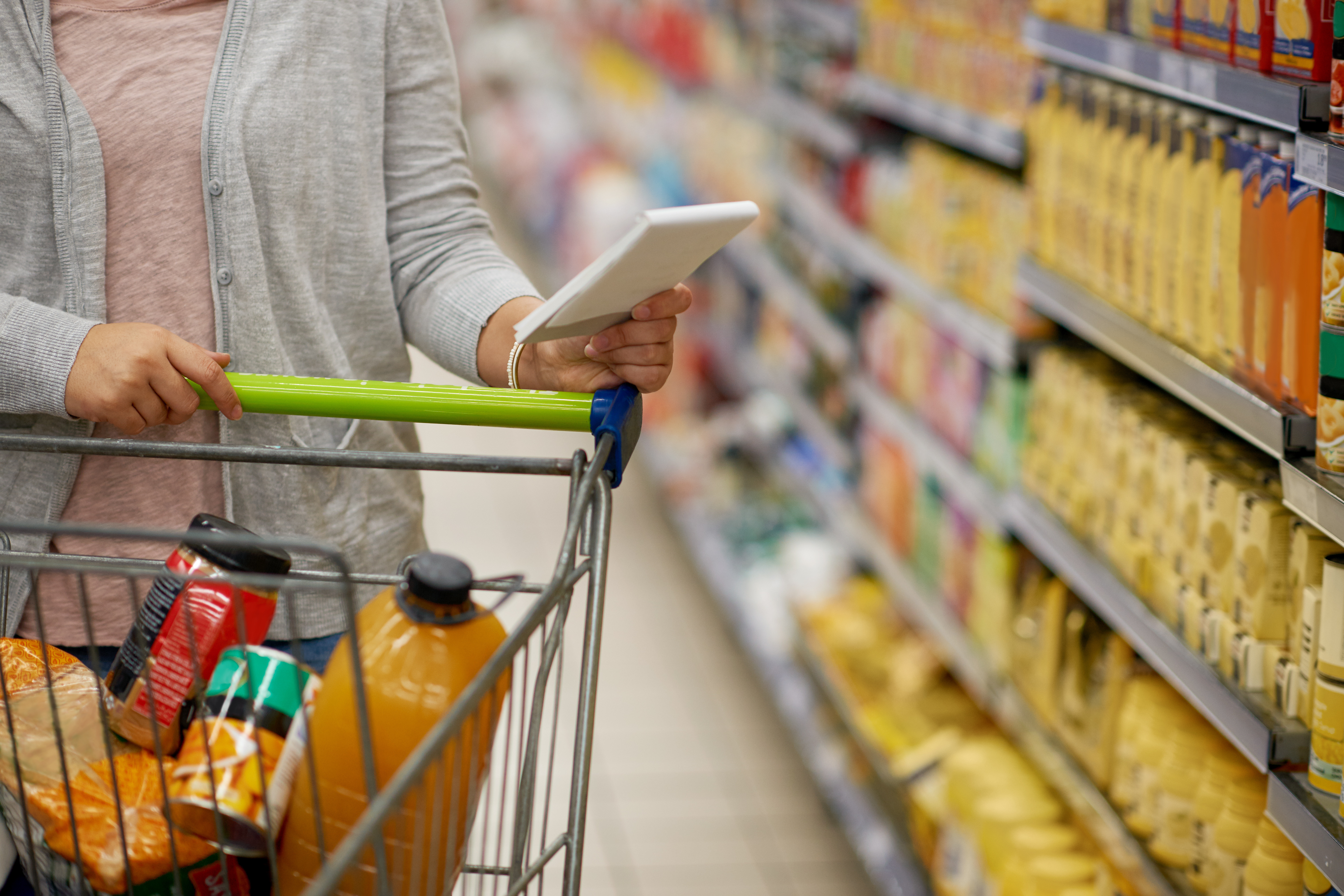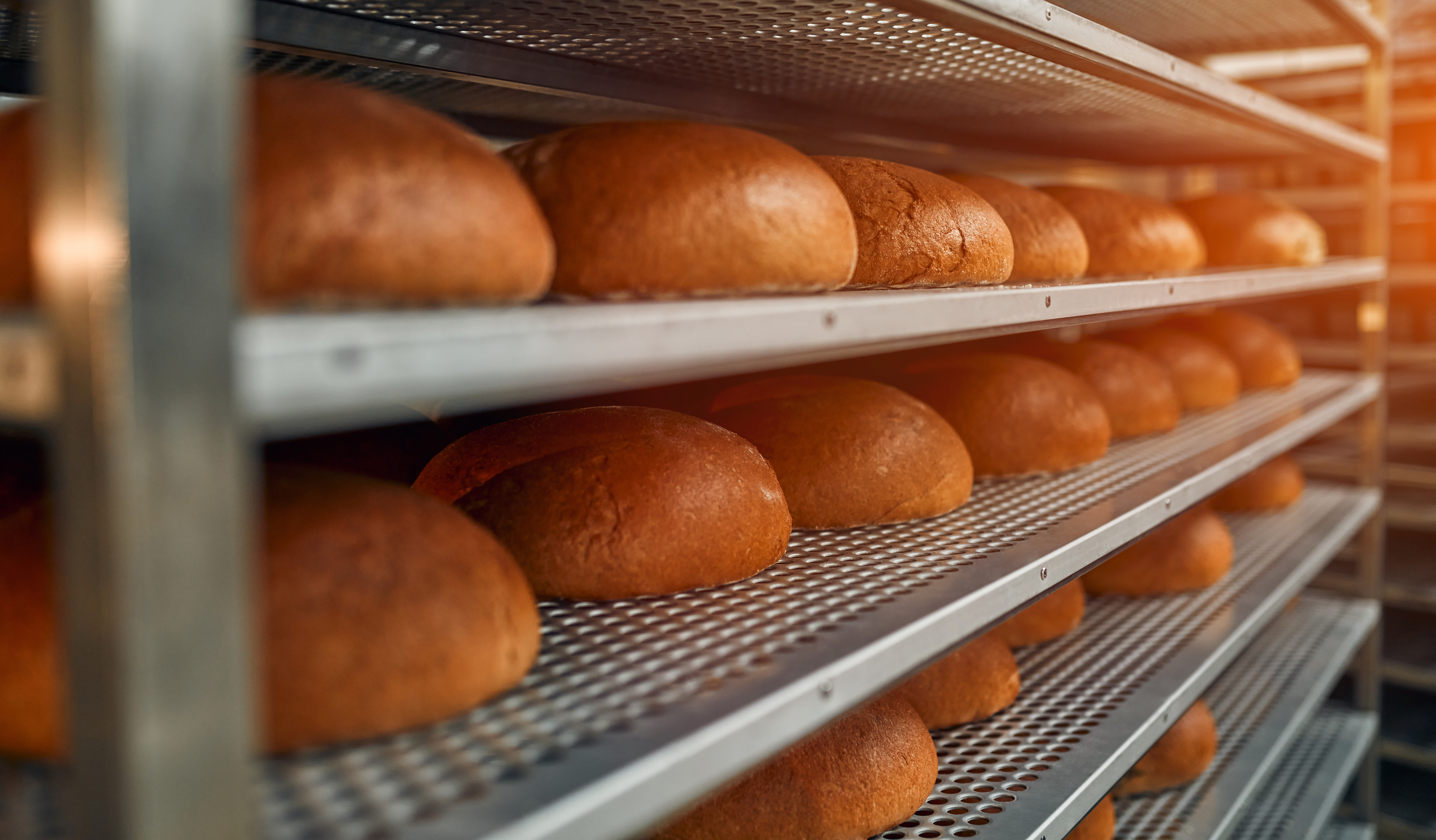Be Ready for a Food Safety Crisis Before It's Too Late
 A recall and withdrawal program is a measure that no site hopes they must use. However, every site will be thankful to have one if they find themselves in a situation where it needs to be utilized.
A recall and withdrawal program is a measure that no site hopes they must use. However, every site will be thankful to have one if they find themselves in a situation where it needs to be utilized.
Failure to recall or withdraw a product can have incredibly devastating consequences for a company’s reputation and the safety of its consumers. Therefore, recall and withdrawal processes are critical to have and are required by the SQF Code.
Section 2.6 of Part B of the SQF Edition 9 Code outlines specific requirements for product traceability and crisis management. Clause 2.6.3 goes into the responsibilities and methods required to withdraw or recall products and the documentation and implementation of these processes. Section 2.6.4 goes into crisis management planning and details how plans should be reviewed, tested, and verified annually with documented gaps and appropriate corrective actions.
The Difference Between Recalls and Withdrawals
Although recalls and withdrawals are similar, they do not mean the same thing. Ultimately, their definitions are prescribed by legislation that must be followed in the country of production and sale.
Recalls pertain to products that have been offered for sale to consumers, and a harmful issue is found. If a food product is contaminated and presents a health hazard, the product must be recalled from the market.
Withdrawals happen to products that do not meet specification and have been placed in a holding or storage area prior to shipping.
Regardless of the definitions, the objective is to remove the product from the market before harm to consumers can occur.
Preventative and Corrective Actions
It is crucial for a crisis management program to include preparations based on preventative action and corrective action. Once identified, actions taken to correct the root cause of a problem can be implemented to improve the overall food safety of the product at a site.
Preventative action is important because it is better to prevent a crisis than it is to perform damage control.
Corrective action addresses an already identified issue and finds the root cause of the problem so that actions can be implemented to prevent further damage.
Whether it is a health hazard due to labeling error or contamination, effectively managing product recalls and withdrawals is necessary to protect public health and safety and ensure brand integrity.
SQF Risk Management: Recall and Crisis Management Program
When you find yourself in a crisis remember to stay calm, be prepared, and consult your recall and withdrawal program.
For more information regarding Recall and Crisis Management, see our new course: SQF Risk Management: Recall and Crisis Management Program. This half-hour course will help you develop a strong recall and withdrawal program.
The New SQF Risk Management Collection is created by SQF and designed for cross-functional teams, not just the SQF practitioner, and includes seven courses into the most critical areas of risk management, including recall and crisis management.
Our new SQF Food Safety Risk Management Collection is available for purchase for $899. The SQF Recall and Crisis Management course is available for $189.
Recent Blog Posts
The FMI Foundation, in partnership with SQFI, awarded 19 scholarships from 152 applications for the 2025-2026 Food Safety Auditing Scholarship program.
Private brands in the grocery industry are experiencing significant growth, evolving from budget alternatives to strategic assets that drive customer loyalty and distinguish retailers.
Recall prevention means embedding food safety throughout your operations so those failures never reach the customer.




